Robert Lea is a science journalist in the U.K. whose articles have been published in Physics World, New Scientist, Astronomy Magazine, All About Space, Newsweek and ZME Science. He also writes about science communication for Elsevier and the European Journal of Physics. Rob holds a bachelor of science degree in physics and astronomy from the U.K.
Astronomers have discovered an extraordinary binary system in which a"dead star," or white dwarf, whips around its blisteringly hot and tiny stellar companion so fast that it squeezes almost 72 years into just one Earth day.
The components of TMTS J0526 complete one orbit roughly every 20.5 minutes. This makes it a record-breaker for this type of binary, though the system is still a slouch compared toWith its thin hydrogen atmosphere, however, the tiny star is still larger and more visible than its white dwarf companion. Yet, the white dwarf is capable of deforming the tiny star into an ellipsoid shape via its major gravitational influence as the two rapidly orbit each other.
Stars in these binary configurations often share a"common envelope" of surrounding gas. A theory called"Binary Population Synthesis" suggests that, when a thermonuclear explosion called a helium flash is triggered in a degenerate star during this common envelope phase, the common envelope is violently ejected, turning the stellar companion of the white dwarf into a subdwarf star with a mass around 45% that of the sun.
This results in the creation of a compact hot subdwarf and white dwarf binary with orbital periods of around 20 minutes. The extraordinarily short orbital period binary system of TMTS J0526 represents the first observational evidence for the formation of a tiny hot subdwarf via the ejection of a secondary common envelope.
Canada Latest News, Canada Headlines
Similar News:You can also read news stories similar to this one that we have collected from other news sources.
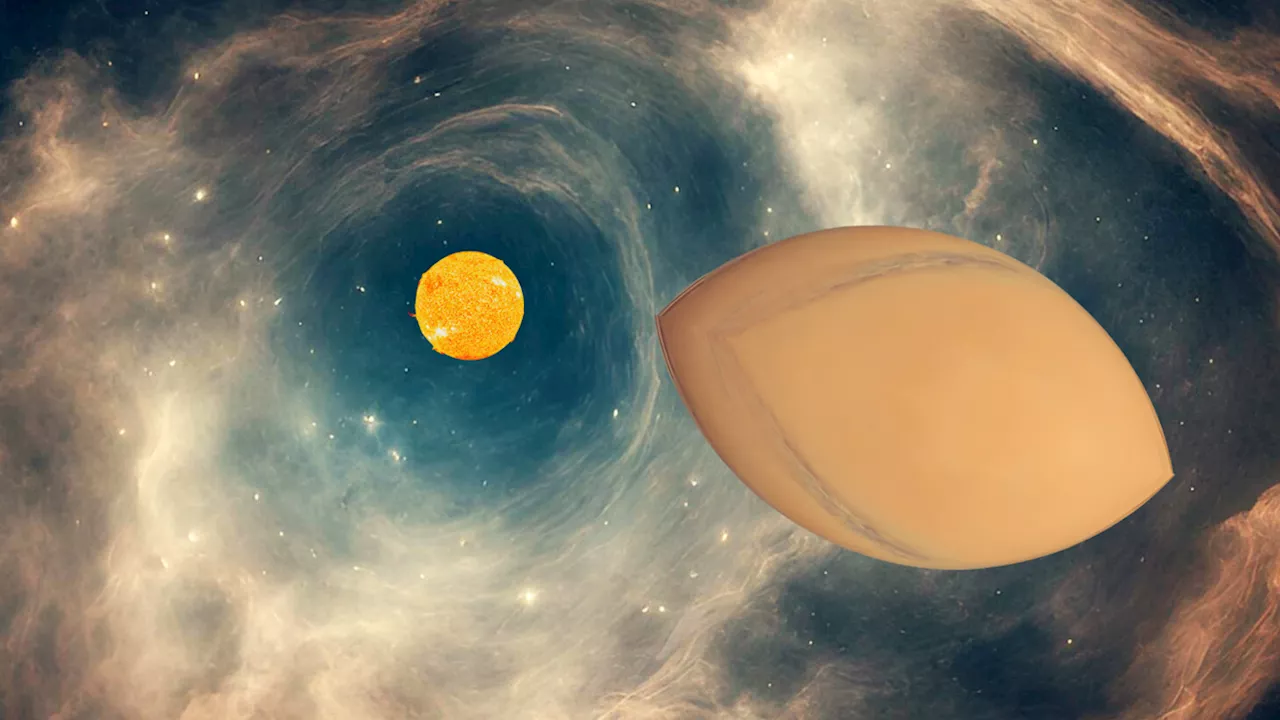 Surprise! Baby exoplanets might look like Smarties candies rather than spheresRobert Lea is a science journalist in the U.K. whose articles have been published in Physics World, New Scientist, Astronomy Magazine, All About Space, Newsweek and ZME Science. He also writes about science communication for Elsevier and the European Journal of Physics. Rob holds a bachelor of science degree in physics and astronomy from the U.K.
Surprise! Baby exoplanets might look like Smarties candies rather than spheresRobert Lea is a science journalist in the U.K. whose articles have been published in Physics World, New Scientist, Astronomy Magazine, All About Space, Newsweek and ZME Science. He also writes about science communication for Elsevier and the European Journal of Physics. Rob holds a bachelor of science degree in physics and astronomy from the U.K.
Read more »
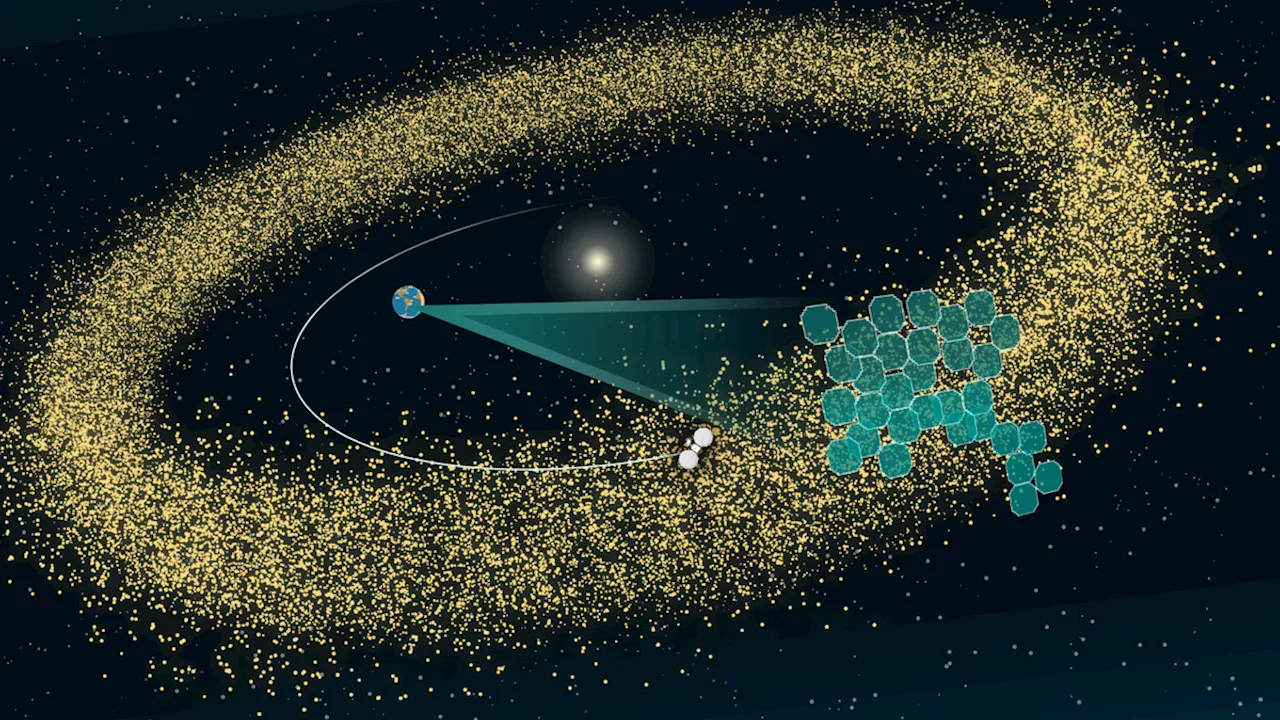 How Earth's new Rubin Observatory will usher in the next era of asteroid space missionsRobert Lea is a science journalist in the U.K. whose articles have been published in Physics World, New Scientist, Astronomy Magazine, All About Space, Newsweek and ZME Science. He also writes about science communication for Elsevier and the European Journal of Physics. Rob holds a bachelor of science degree in physics and astronomy from the U.K.
How Earth's new Rubin Observatory will usher in the next era of asteroid space missionsRobert Lea is a science journalist in the U.K. whose articles have been published in Physics World, New Scientist, Astronomy Magazine, All About Space, Newsweek and ZME Science. He also writes about science communication for Elsevier and the European Journal of Physics. Rob holds a bachelor of science degree in physics and astronomy from the U.K.
Read more »
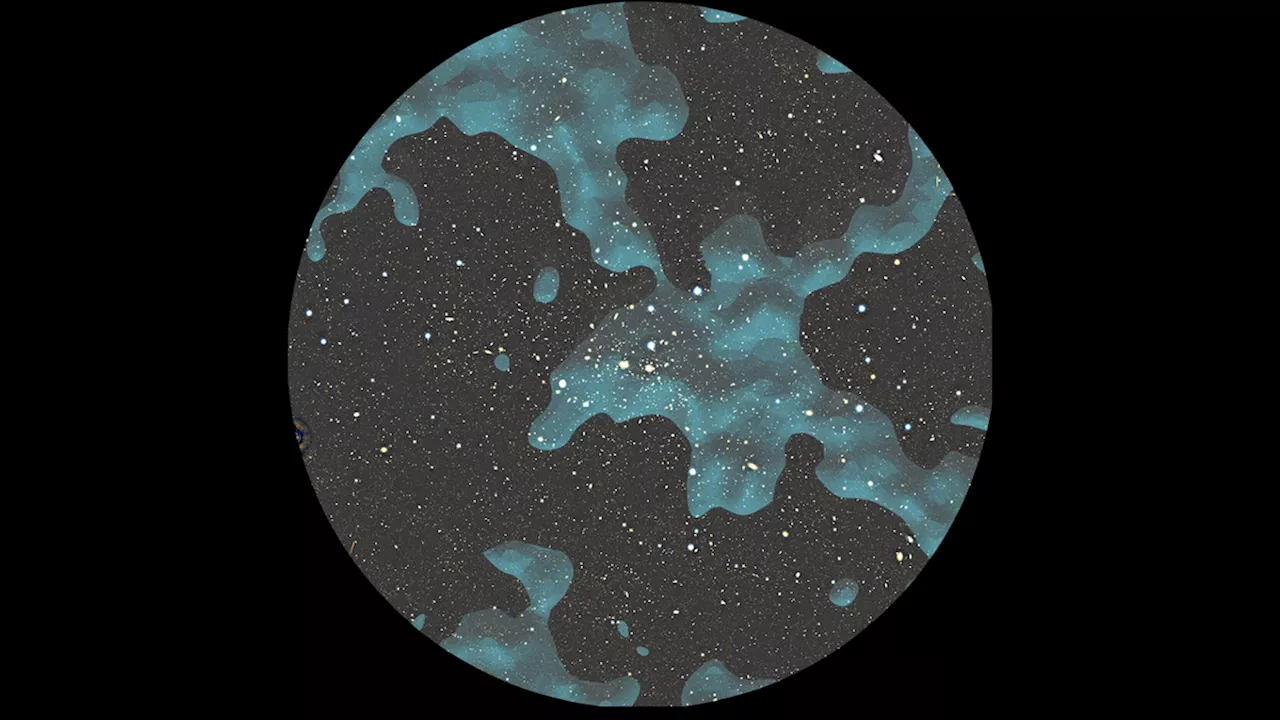 Dark matter detected dangling from the cosmic web for 1st timeRobert Lea is a science journalist in the U.K. whose articles have been published in Physics World, New Scientist, Astronomy Magazine, All About Space, Newsweek and ZME Science. He also writes about science communication for Elsevier and the European Journal of Physics. Rob holds a bachelor of science degree in physics and astronomy from the U.K.
Dark matter detected dangling from the cosmic web for 1st timeRobert Lea is a science journalist in the U.K. whose articles have been published in Physics World, New Scientist, Astronomy Magazine, All About Space, Newsweek and ZME Science. He also writes about science communication for Elsevier and the European Journal of Physics. Rob holds a bachelor of science degree in physics and astronomy from the U.K.
Read more »
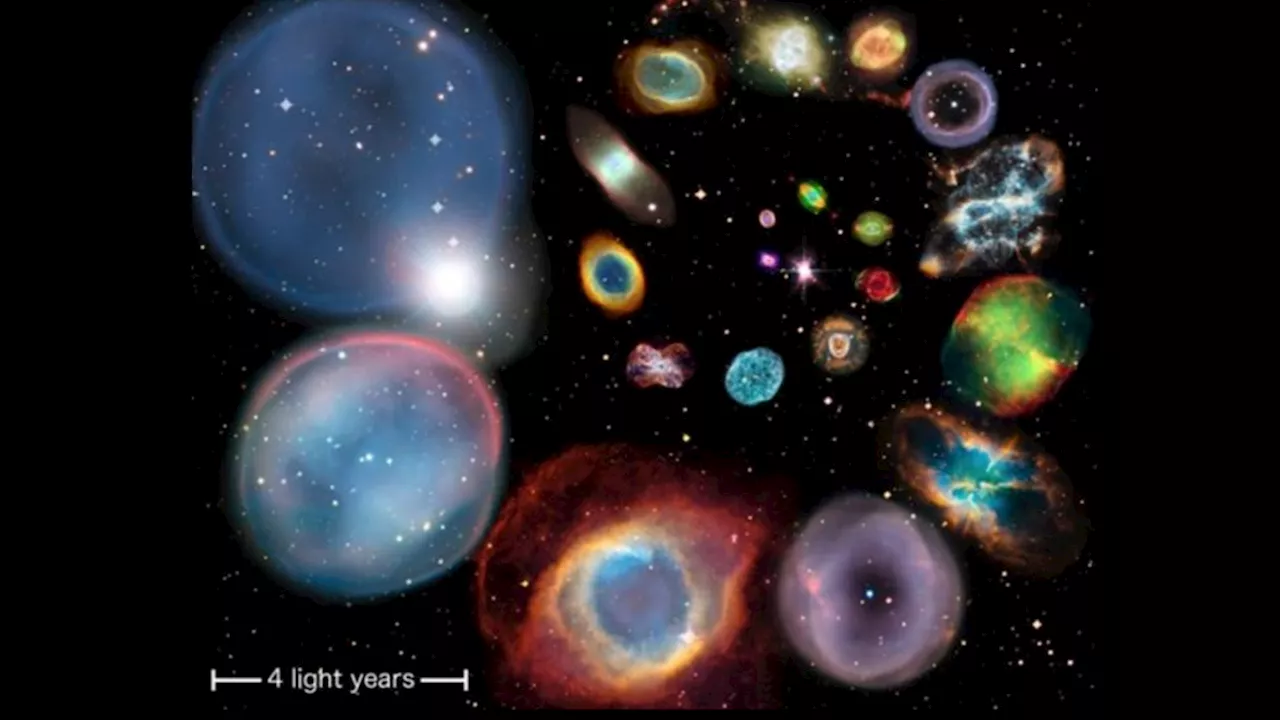 Fire but no brimstone: Where is the universe's missing sulfur?Robert Lea is a science journalist in the U.K. whose articles have been published in Physics World, New Scientist, Astronomy Magazine, All About Space, Newsweek and ZME Science. He also writes about science communication for Elsevier and the European Journal of Physics. Rob holds a bachelor of science degree in physics and astronomy from the U.K.
Fire but no brimstone: Where is the universe's missing sulfur?Robert Lea is a science journalist in the U.K. whose articles have been published in Physics World, New Scientist, Astronomy Magazine, All About Space, Newsweek and ZME Science. He also writes about science communication for Elsevier and the European Journal of Physics. Rob holds a bachelor of science degree in physics and astronomy from the U.K.
Read more »
 Breaking the Temperature Barrier: How Quantum Ground State Acoustics Could Revolutionize Quantum PhysicsScience, Space and Technology News 2024
Breaking the Temperature Barrier: How Quantum Ground State Acoustics Could Revolutionize Quantum PhysicsScience, Space and Technology News 2024
Read more »
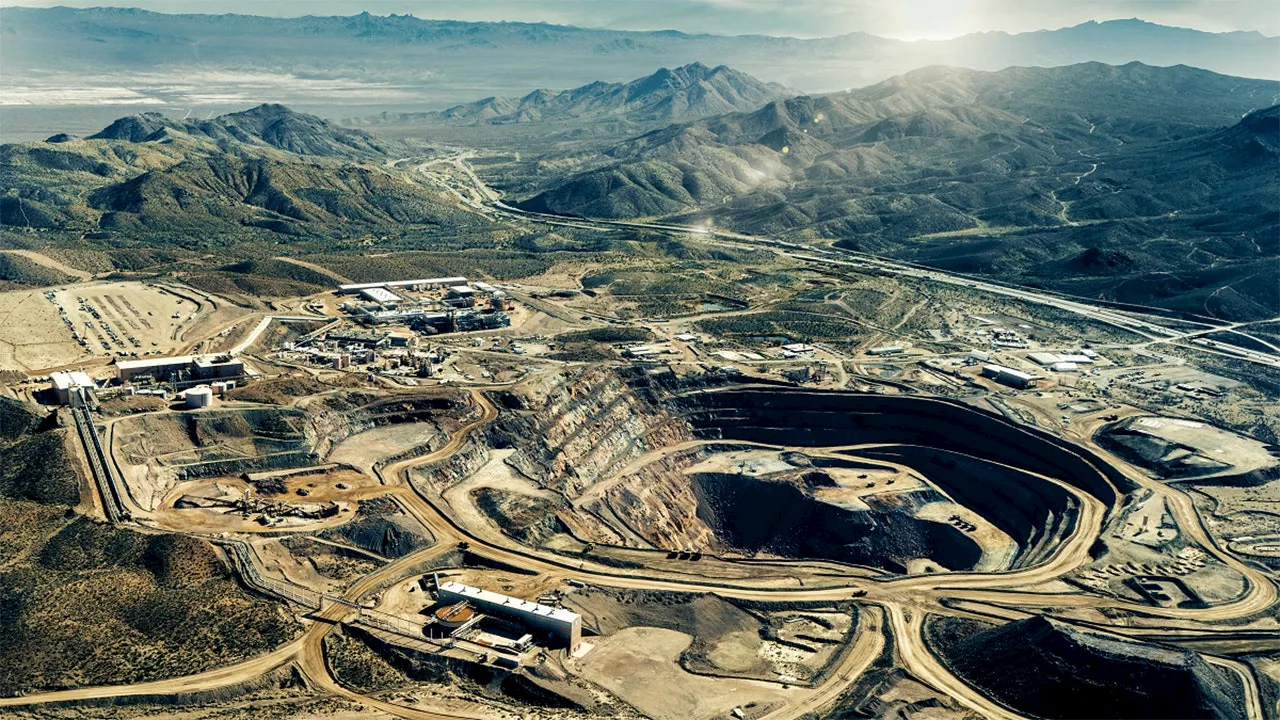 China Dominates Rare Earth Elements Supply Chain, Raising National Security ConcernsRare Earth Elements, or REEs, are found in items we use every single day in the United States, but before they reach our products, they must go through China’s supply chain. The administration has been pushing for increased U.S. production of Rare Earth Elements and other critical minerals, as part of its economic agenda. But for years, efforts like the complex separation process and battery manufacturing have been dominated by China. "It is a national security concern for a couple of reasons. The first being, probably a lot of those minerals are important in the fighting or defending of your country," Sen. Kevin Cramer, R-N.D., said
China Dominates Rare Earth Elements Supply Chain, Raising National Security ConcernsRare Earth Elements, or REEs, are found in items we use every single day in the United States, but before they reach our products, they must go through China’s supply chain. The administration has been pushing for increased U.S. production of Rare Earth Elements and other critical minerals, as part of its economic agenda. But for years, efforts like the complex separation process and battery manufacturing have been dominated by China. "It is a national security concern for a couple of reasons. The first being, probably a lot of those minerals are important in the fighting or defending of your country," Sen. Kevin Cramer, R-N.D., said
Read more »
